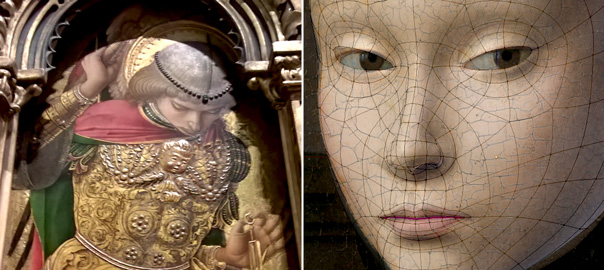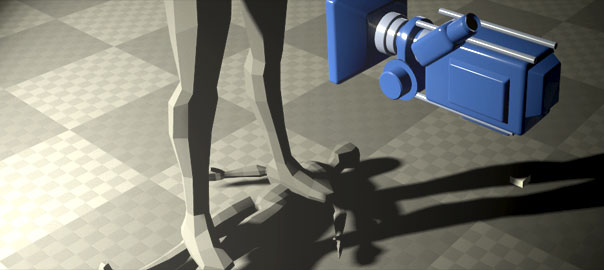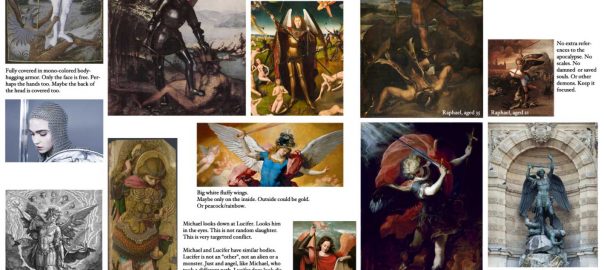Apart from a delightful visit to the National Gallery in London which allowed me to study especially the work of Carlo Crivelli, not much happened this month. I have abandoned the Blender tutorial about modeling a human figure because it felt useless. In an attempt to understand the style of the Old Masters better, I did model a face based on the wonderful Portrait of a Young Woman by Petrus Christus. But while the exercise was useful for technical reasons, I didn’t make me much wiser artistically.
This month I experienced a rather intense “crisis of faith” caused primarily by the realization that I am involved in way too many projects to actually get any satisfying results in any of them. These are all rather elaborate projects and given that I am approaching the age of half a century, I decided to prioritize and focus.
A major factor in my choice of priorities is the contrast between the considerable know-how that I have already acquired and my desire to learn new things. It would be wasteful to not apply and deepen the skills I possess in favor of becoming an amateur at something new (like 3D modeling). Of course working with computers implies a certain level of continuous learning. But I want to stop trying to do everything in favor of actually getting something done.
I have realized that, while I enjoy research and study, not actually creating and working towards a release frustrates me immensely. And it causes a vicious circle where research increasingly feels like it is holding me back, rather than informing creation. Having a multitude of things on my mind renders it unclear what I should be doing next. The result is in fact very often procrastination, to escape the insecurity I presume. But given the overload of work, of course losing time only aggravates the problem.
I still intend to create the diorama of the Archangel Michael, but I will attempt to do so applying mostly skills that I already possess. After all, the goal of this project is to create a scene that encourages contemplation, in the way of the art of the Old Masters, and not for me to learn how to model better. I think I possess enough know-how to make something interesting. And the research that I have been doing, especially of Old Master art, will allow me to redirect this know-how towards this new goal.
So far my creative life has been focused on things that bring joy to others. But as the age of fifty approaches, the importance of things that bring me joy is growing. They started as hobbies vital to my mental balance while creating for others, and also inspiring creatively. But I feel that half a century of working for other people earns me the right to indulge myself a little in the time I have left. So yes, I will continue to learn music and practice classical guitar, and I will devote more time to projects that I feel especially passionate about, even if they may not be of any use to anybody else.
Ironically, having a much clearer structure in my life, and a sense of priorities, may end up being the only way to actually make all of the things on my list anyway. In my experience, creative satisfaction in one project can motivate and inspire others. While lack of focus reduces the possibility any creative output at all.
With many projects going on simultaneously, it’s easy to become cynical. I may deeply care for all of them but when they don’t live up to my expectations, as a direct result of spreading my energy thin, I lose courage. Dedication will allow me to pay attention to all aspects of a project. Not just the broad strokes. And I think that can be highly rewarding.
The main focus with Tale of Tales has been on the medium of videogames. Each one of our creations was a stepping stone, an experiment in a different direction, to see what could happen there with that medium. We were dedicated to that exploration more than to any project in particular. And while that is perfectly understandable in such an under-explored context, it doesn’t necessarily make for the best possible art.

— Michaël Samyn.




